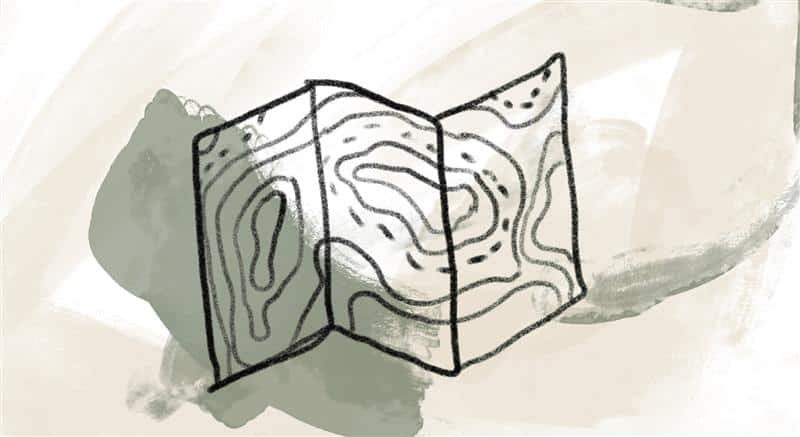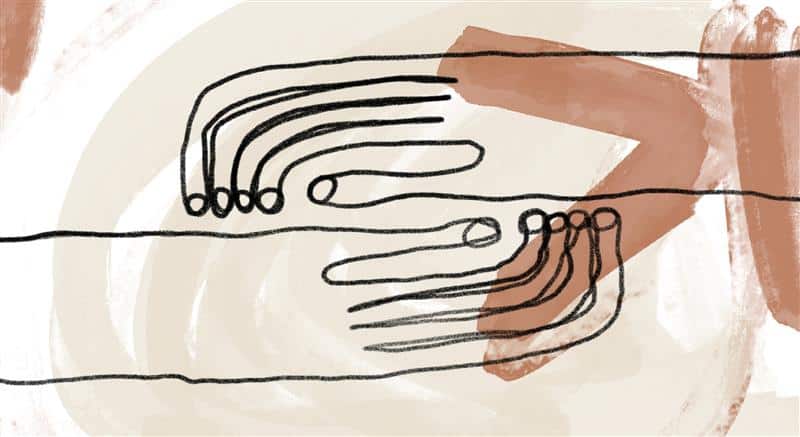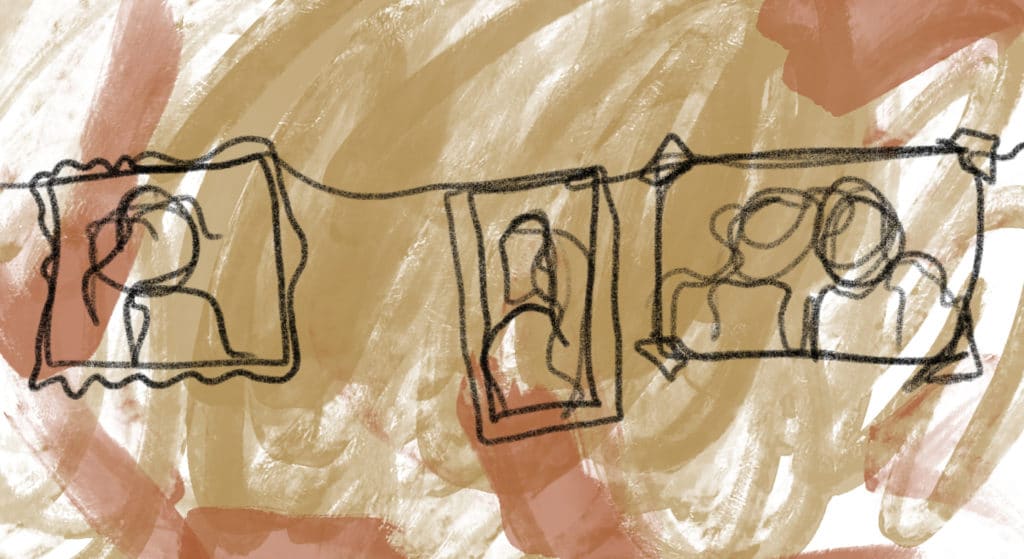
Franciscan sister Nancy Schreck locates Jesus’ commitment to nonviolence in God’s unconditional and inclusive love.
The starting place is Jesus’ vision of and commitment to the inclusive love of God that welcomes all to the one table and creates a worldview that critiques any kind of exclusion as a form of violence. One of the radical nonviolent actions of Jesus therefore is to eat with “sinners” and “tax collectors” and all those others which the society of that time excluded. Sharing a common table is nonviolent resistance to the violence of division. In Jesus’ vision, we are all part of one body held in God’s all embracing love. This embrace makes each one a sister and brother and thus makes nonviolence possible. One might say therefore that nonviolence is only possible in community.
True community creates an aversion to the roots of violence which define another person as “other,” that is, as outside the circle of care. True community roots out violence by dismantling the motive behind so much violence, that the other is not valued…. The person convicted of a crime as well as the victim of that crime are both members of the one body embraced by God’s inclusive love. This kind of love rescues and heals the enemy from violence and hatred [and] … incorporates as a member of the community the one from whom we might be experiencing violence.
Schreck points to healing as a natural consequence of belonging:
If the starting place for exploring the nonviolence of Jesus is in his vison of the all embracing love of God, our reflection is furthered by his vision of universal healing. This approach to life includes hope for the basic well-being of the other. This was Jesus’ deepest wish for each person he encountered. In the gospel we see him moving among so many kept outside the circle of well-being by institutional violence which claimed that healing and well-being belonged to some and not to others. Jesus always found those who had been pushed outside the circle of care and invited them back into the community through the door of healing. He taught the community that its well-being was tied to the well-being of each member.
Jesus also taught that illness is not the result or fault of personal sin. Rather, the focus should be on the sinful assertion that healing is available to some and not to others—with these “others” most often being poor people and those excluded from the one table. Jesus extends healing, holy power, to the rejected and untouchable of the world. In so doing he demonstrates that no one is outside the circle of well-being. In the life of Jesus bodily healing functions as a social metaphor for another kind of healing….
The kind of radical love Jesus knows in God creates an awareness that human life is not about appeasing a vengeful God, but about responding in love. This is a spirituality purified of violence at its very roots.
Reference:
Nancy Schreck, “The Faithful Nonviolence of Jesus,” in From Violence to Wholeness, ed. Ken Butigan with Patricia Bruno (Las Vegas, NV: Pace e Bene Franciscan Nonviolence Center, 1999), 54–55.
Image credit: A path from one week to the next—Izzy Spitz, Tuesday Chemistry (detail), digital oil pastel. Izzy Spitz, Field Study 1 (detail), oil pastel on canvas. Taylor Wilson, Field of the Saints, print. Used with permission. Click here to enlarge image.
How can we move outside our constricting and restricting patterns of violence? We need each other. We need all the colors.
Story from Our Community:
I’ve experienced a life-long struggle with shame. For most of my adult life, I’ve felt as if I lived under a dark cloud. I struggle to forgive myself for the many times I have hurt others. Recently, though, I have begun to realize that healing of my own wounds is tantamount to becoming my True Self. These days, I not only pray for others but also for myself. The Daily Meditations have touched my soul and continue to guide me along my long and winding road. I am forever grateful.
—Adrienne Q.




